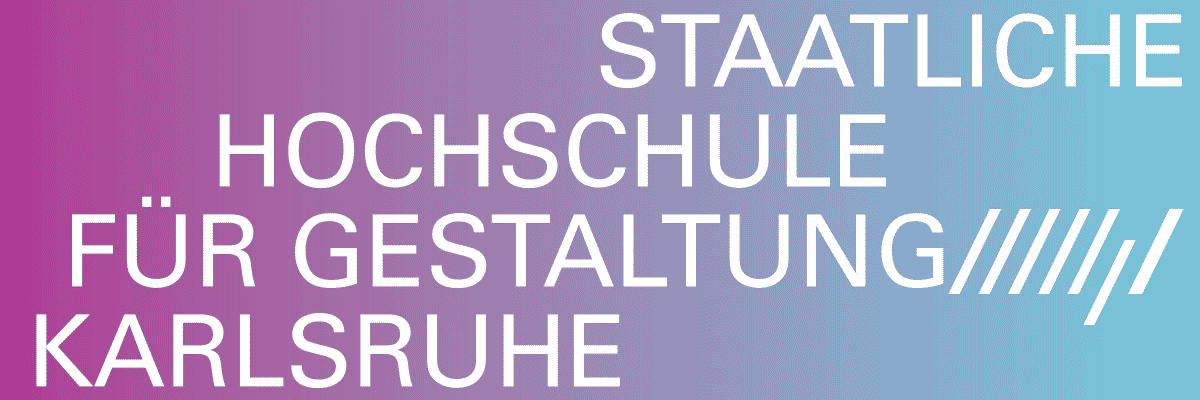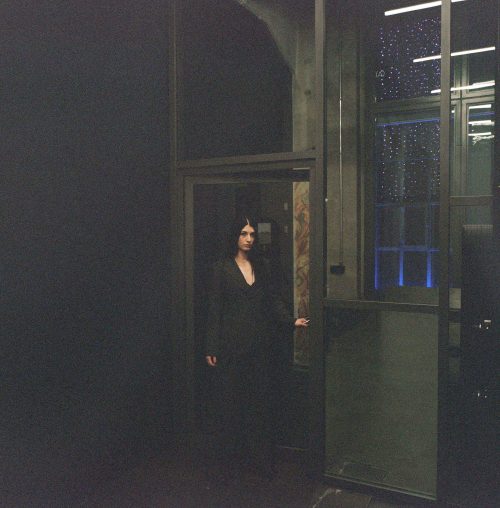
Cinthia De Levie
Intus Foris
Project Info
- 💙 Ausstellungsraum Klingental
- 💚 Belén Coluccio
- 🖤 Cinthia De Levie
- 💜 Cinthia De Levie
- 💛 Karin Salathe
Share on

Cinthia De Levie, Intus Foris. Installation view.
Advertisement

Cinthia De Levie, Intus Foris. Latex, fabric, rubber, silicone, metal.

Cinthia De Levie, Intus Foris. Silicone, metal chain.

Cinthia De Levie, Intus Foris. Silicone.

Cinthia De Levie, Intus Foris. Latéx curtain, video.

Cinthia De Levie, Intus Foris. Marker on paper.

Cinthia De Levie, Intus Foris. Latéx curtain.

Cinthia De Levie, Intus Foris. Perfomance. Performer: Lara Castro Lema

Cinthia De Levie, Intus Foris. Latéx, fabric.

Cinthia De Levie, Intus Foris. Perfomance. Performer: Lara Castro Lema & Raquel Fernandez

Cinthia De Levie, Intus Foris. Fabric and metal.

Cinthia De Levie, Intus Foris. Perfomance. Performer: Lara Castro Lema
This project departs from a series of speculative propositions, a set of “as if” scenarios and ideas that allow for the materiality and shape of the body to be rethought and remade. As if a unified anatomy could not exist, and the notion of corporeality can be stretched, made fluid, blurred and reconfigured through pieces and parts.
This research is based upon an investigation of the remaining traces (and the missing parts) of the skeleton of Jakob Karrer von Gubwiller, whose body was publicly dissected by the Flemish anatomist Andreas Vesalius after his execution in Basel in 1543 (and is now exhibited in the Anatomical Institute of Basel and is said to be the oldest anatomical preparation in the world).
I (re)(de)construct this body that speaks of the past, in order to create what I see as sites of transformation in the present, which might allow it other forms of existence.
The idea of dissection is mobilized in order to reconfigure the material, technical, social, and cultural practices that intersect(ed) with this skeleton. In order to try to build a new “body” through layers of narratives which are mixed with my own bodily sensations and those observed in the bodies that surround me.
This rethinking of the body led me to spend time in the Anatomy Museum in Basel looking at the bodies that are exhibited there (in their entirety and in parts) and in the Anatomical Institute of Basel (next to the museum). The basement of the Anatomical Institute has a room with insects that eat the flesh that surrounds the bones of dead animals. In the adjacent rooms, the donated bodies are stored, which are used in the training of medical students as well as in research. Each body donation is stored for up to three years in a numbered container, into which the individual body parts are always return after use, so that they can finally be cremated together in a wooden coffin.
I observed the bodies of the people who visit the museum and who work in the Anatomical institute and, in turn, my body in relation to all of these parts – loose, assembled, exterior and interior, and in motion.
Somehow the pieces that make up this exhibition arise from the impact/ contagion that these experiences exerted on my body. The artistic production of the work and the performances that make use of its pieces can be considered possible pruebas - a word that in Spanish can mean test, evidence, proof, or rehearsal. Through these pruebas, the body might open up to connections, circuits, thresholds, behaviors, intensities, regenerations, re/enablements, dis/territories that can allow it to lose, even slightly, its form.
Cinthia De Levie



